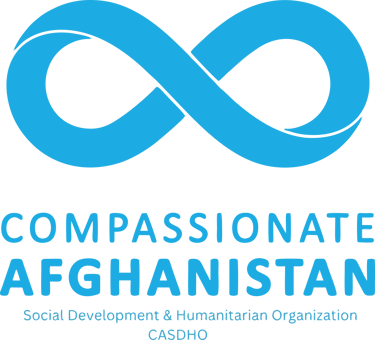Empowerment Program for Women and Girls in Northern Afghanistan through Trade, Health, and Education
Afghanistan has faced broad economic, social, security, and gender-related challenges in recent years. These challenges have had the greatest impact on women and girls, particularly in the northern provinces and rural areas where access to education, health, and economic opportunities is extremely limited. Many women, due to cultural restrictions, poverty, lack of resources, and distance from service centers, are excluded from active participation in community development.
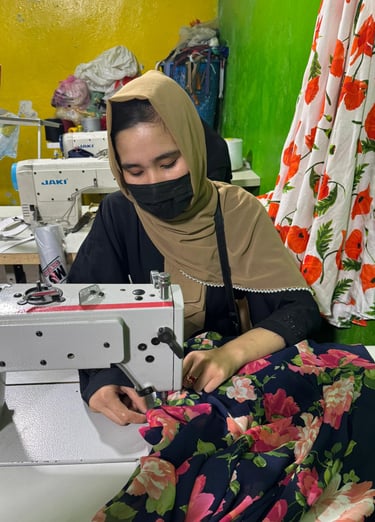

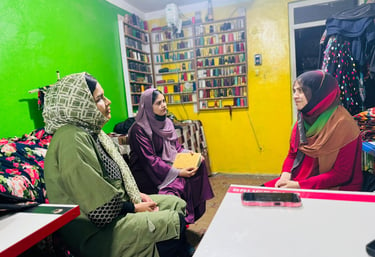

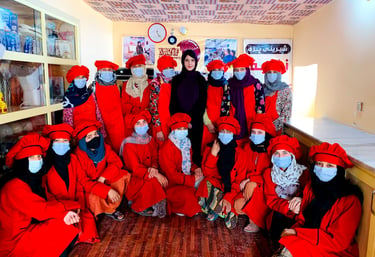

In the field of economy, women’s interest in trade and economic activities has increased in recent years; however, the lack of necessary knowledge and skills in business management, financial planning, and marketing has made women’s businesses unsustainable. Additionally, the absence of supportive and competitive resources has further weakenedwomen's economic potential.


In the health sector, the shortage of professional healthcare workers in villages and districts, the lack of training in first aid and basic health services, and the limited awareness among girls about basic care have led to an increase in mortality rates, preventable illnesses, and weakened local health structures.
In education and digital skills, many girls in middle and high school are deprived of access to language and computer training courses. Although these skills are vital for continuing education, employment, and digital participation, barriers such as lack of in-person classes, cultural and security restrictions, and weak technological infrastructure hinder their learning. However, relative access to the internet and smartphones has created an opportunity for online education.
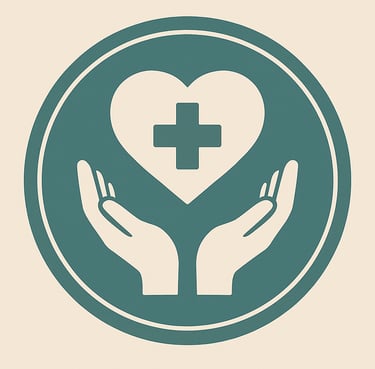

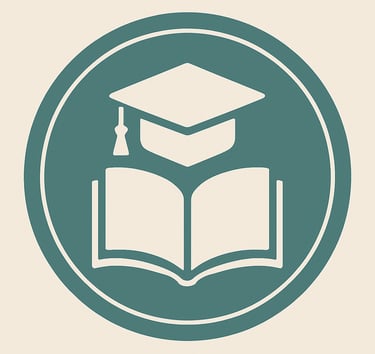

This program proposes an integrated approach to empower women and girls in northern Afghanistan, focusing on three key areas: trade, health, and digital education.
Overall Goal
To empower women and girls in northern Afghanistan through trade training, the development of basic community health workers, and online education in English and computer literacy, in order to promote economic independence, community well-being, and digital participation.
To enhance trade knowledge and economic empowerment for 1,000 women entrepreneurs in six northern provinces.
To provide basic health training (first aid, pharmacology, injections) to 200 high school graduate girls in rural areas of Balkh province.
To deliver online English and computer literacy training to 500 high school girls (grades 10–12) in Balkh, Jawzjan, and Sar-e-Pul provinces
Specific Objectives
Target Groups
The proposed program targets three specific groups of women and girls:
Women Entrepreneurs (Trade Component)
1,000 women interested in business in the northern provinces, including both active and aspiring entrepreneurs. Their provincial breakdown is as follows:
Balkh: 300
Jawzjan: 150
Sar-e-Pul: 150
Faryab (Maymana): 150
Samangan: 150
Takhar: 100
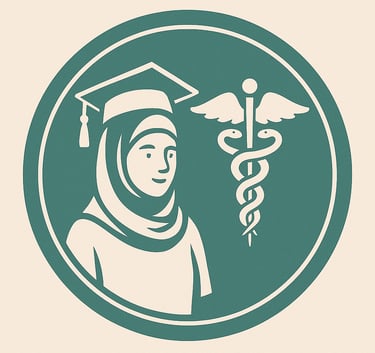

High School Graduate Girls (Health Component)
200 girls in rural areas of Balkh province who have graduated from grade 12 and are interested in health services. Due to lack of educational or employment opportunities, they can serve as basic health workers in their communities.
500 high school girls (grades 10–12) from Balkh, Jawzjan, and Sar-e-Pul provinces who have access to a smartphone or computer and the internet. These students are eager to learn English and computer skills but are unable to attend in-person classes.
High School Girls (Online Education Component)
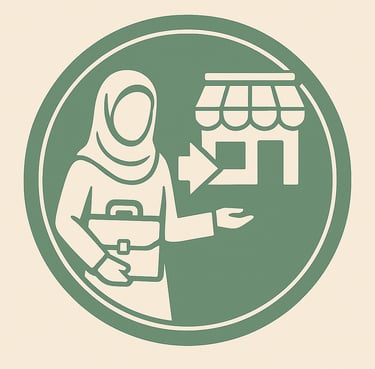

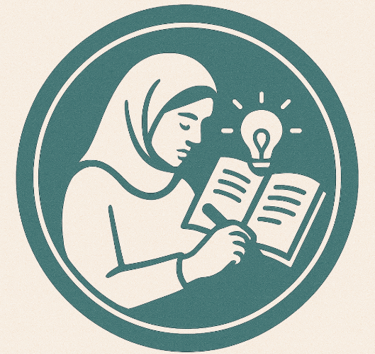

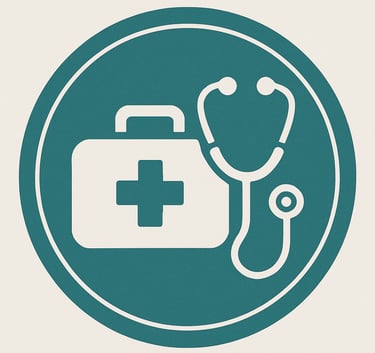

Community Health Worker Training
Key Activities
Identification of 200 high school graduate girls in remote districts and villages of Balkh province.
Development of training curriculum covering first aid, pharmacology, injection techniques, and CPR.
Hiring qualified health instructors.
Delivery of in-person training in accessible community centers.
Distribution of medical kits including first aid and injection supplies.
Final evaluation and issuance of official certificates.
Field monitoring and impact assessment in target communities.


Women’s Economic Empowerment – Trade and Finance Training
Identification and registration of women entrepreneurs in the six target provinces through local councils, relevant institutions, and public announcements.
Implementation of the Get Ahead program for basic trade and empowerment training.
Implementation of the SIYB program for advanced skills in business management and development.
Hiring internationally certified ILO trainers.
Organizing trade competitions and awarding competitive cash grants.
Continuous monitoring and evaluation of program implementation and business growth.
Establishment of supportive networks among women entrepreneurs.
Preparation and distribution of trade-related training materials.
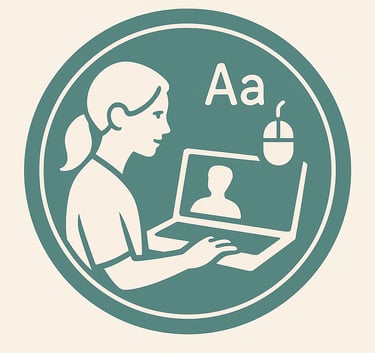

Online English and Computer Training
Identification and registration of 500 high school girls from selected schools.
Preparation of training content in English (conversation, grammar, vocabulary) and computer (typing, MS Word, Excel, internet).
Hiring skilled instructors for online teaching.
Delivery of online classes through Zoom or Google Meet.
Preparation and distribution of digital learning materials (PDFs, videos, exercises).
Monthly evaluations and issuance of certificates.
Technical support and internet packages for students in need.
Expected Results
Trade Component
Ongoing monitoring of training sessions, evaluation of business progress, interviews with beneficiaries, and regular reporting.
Health Component
Educational and practical assessments, field monitoring, interviews with families, and analysis of community health impacts
Online Education Component
Tracking online attendance, academic assessments, feedback from teachers and students, and progress reporting.
Improved trade knowledge and economic capacity of 1,000 women entrepreneurs and increased household incomes.
Training of 200 girls in basic health services and strengthened local capacity to meet health needs.
Digital and language literacy for 500 girls, supporting further education, employment, and online participation.
Increased participation of women in local development and decision-making.
Program Duration
Trade Component: 12 months
Health Component: 6 months
Online Education Component: 6 months
Monitoring and Evaluation
Resources and Requirements
Health Component
Salaries for health trainers
Purchase of medical kits
Training venue
Transport and meal expenses
Trade Component
Salaries for certified instructors
Cash grants for entrepreneurs
Training materials and logistical supplies
Monitoring, reporting, and administrative costs
Salaries for English and computer instructors
Internet packages
Digital learning content
Zoom or Google Meet expenses
Technical support
Online Education Component
“We were deported from Iran with nothing — we left behind our house, savings, and everything we had. It has been 20 days since we returned. We arrived during the Eid holidays, and everything was closed. We received no help at all — not from the government, not from UNHCR. My children sleep under the open sky. We have no water, no food, and I am pregnant. There is no clinic, no medicine, and no one to support us. All we ask for is a proper shelter, clean water, electricity, and a chance for my children to go to school.”
Raheema is currently living in an open compound with her children, without a roof or basic services. Her condition is particularly alarming due to her pregnancy and the complete lack of healthcare access. She urgently needs emergency assistance, including food, water, maternal health support, and access to safe shelter and education for her children.
– Raheema – Pregnant Mother of Three, Forcibly Deported from Iran
Success Stories
Compassionate Afghanistan
Transforming Lives in Afghanistan Together
+93-799-799-240
Compassionate Afghanistan © 2025. All rights reserved.
Kabul, Afghanistan
